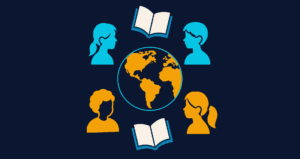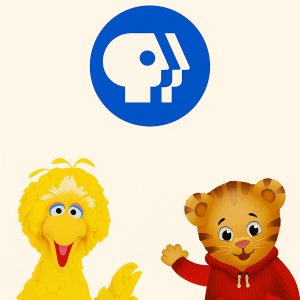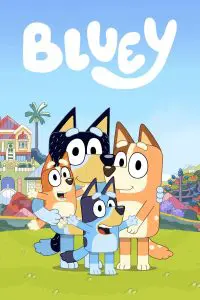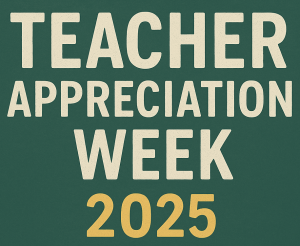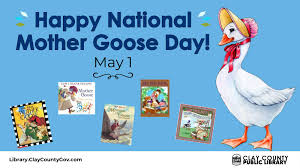Rediscovering Aesop With “The Ant and the Dove”
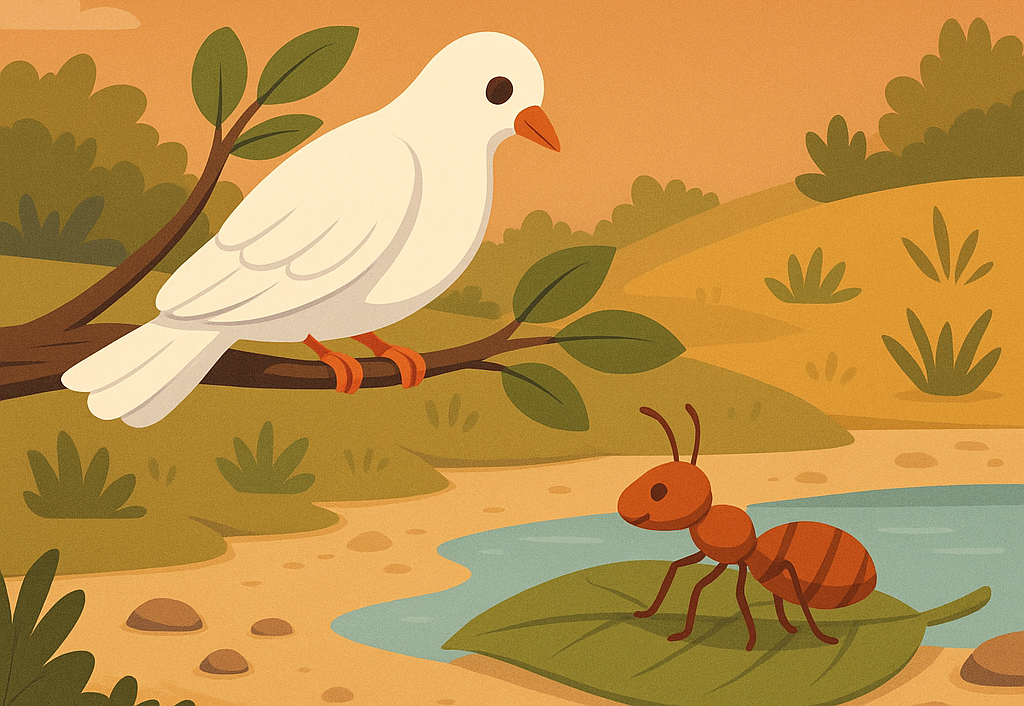
Few stories have traveled as far and lasted as long as Aesop and his famous fables. First told nearly 2,500 years ago, these brief animal tales have crossed continents, languages, and centuries: surviving not because of who wrote them, but because of what they teach. At their heart, they remind us that strength isn’t measured by status or size.
A Brief History of Aesop and His Fables
The name Aesop refers to a storyteller who lived in ancient Greece (and some even suggest Italy) around the sixth century BCE, though historians debate whether he was a real person or a composite of several oral traditions. What we know is that the stories attributed to him, from The Tortoise and the Hare to Androcles and the Lion, were shared aloud long before they were written down. Over time, Roman writers like Phaedrus and later European translators kept them alive, reshaping them for new audiences.
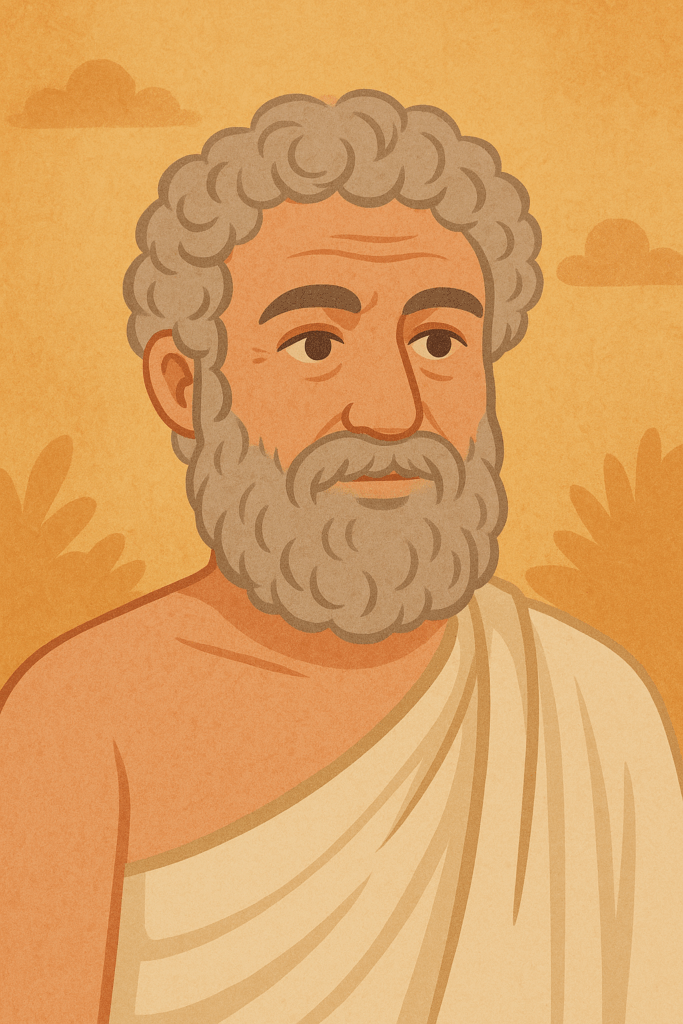
The beauty of Aesop’s Fables lies in their simplicity. A few lines of dialogue, a short conflict, and a closing moral – that’s all it takes. Yet within that brevity is something universal: how we treat each other, what fairness looks like, and why compassion matters. Parents and teachers have used them for centuries to start conversations that last long after the story ends.

Our New Adaptation at World Stories Bank
At World Stories Bank, we believe the best stories are those that invite reflection as much as entertainment. That’s why we’re excited to announce our new launch: The Ant and the Dove.
In this classic tale, an ant nearly drowns before being saved by a dove who helps it to safety. Later, when someone tries to hurt the dove, the ant bites his foot, saving her friend in return. The message is simple yet powerful: even the smallest act of kindness can ripple back when least expected.
Our adaptation keeps that timeless message but updates the language and pacing for today’s readers. The tone is clear and direct, the paragraphs short enough for shared reading, and the structure faithful to the logic and rhythm that makes Aesop’s work enduring.
Why This Story Still Matters
Modern families live in a fast-paced, often individualistic world. Stories like “The Dove and the Ant” slow things down. They remind us that empathy isn’t abstract – it’s built through small, mutual acts of kindness. For children, the lesson is practical: you don’t need to be big, physically strong, or powerful to make a difference. For adults, it’s a quiet reminder that generosity and gratitude sustain communities and foster them.
Aesop’s fables were never meant to lecture; they were meant to connect people. A shepherd might have told them by firelight, a teacher might have shared them in a crowded classroom, and now thanks to digital storytelling – families can experience them together on a shared screen.
Watch the Story Come to Life
To accompany this new release, we want to remind our community that we have a short YouTube video that brings The Dove and the Ant to life. It’s a warm, family-friendly retelling and is ideal for classrooms, bedtime, or a few quiet minutes at home.
The video pairs vivid narration with gentle follow-along pacing, making it easy for young viewers to connect while encouraging parents and educators to pause and discuss the moral afterward.
Keeping the Tradition Alive
Every story we add to World Stories Bank carries forward our mission: to share stories that inspire kindness, courage, and understanding across cultures. The Dove and the Ant is more than a classic fable: it’s a reminder that stories themselves are acts of generosity, passed from one generation to the next.
We invite you to read the story, watch the video, and talk about it with your family. Sometimes the smallest moments — a kind word, a helping hand, or even a story shared — can make the biggest difference.


